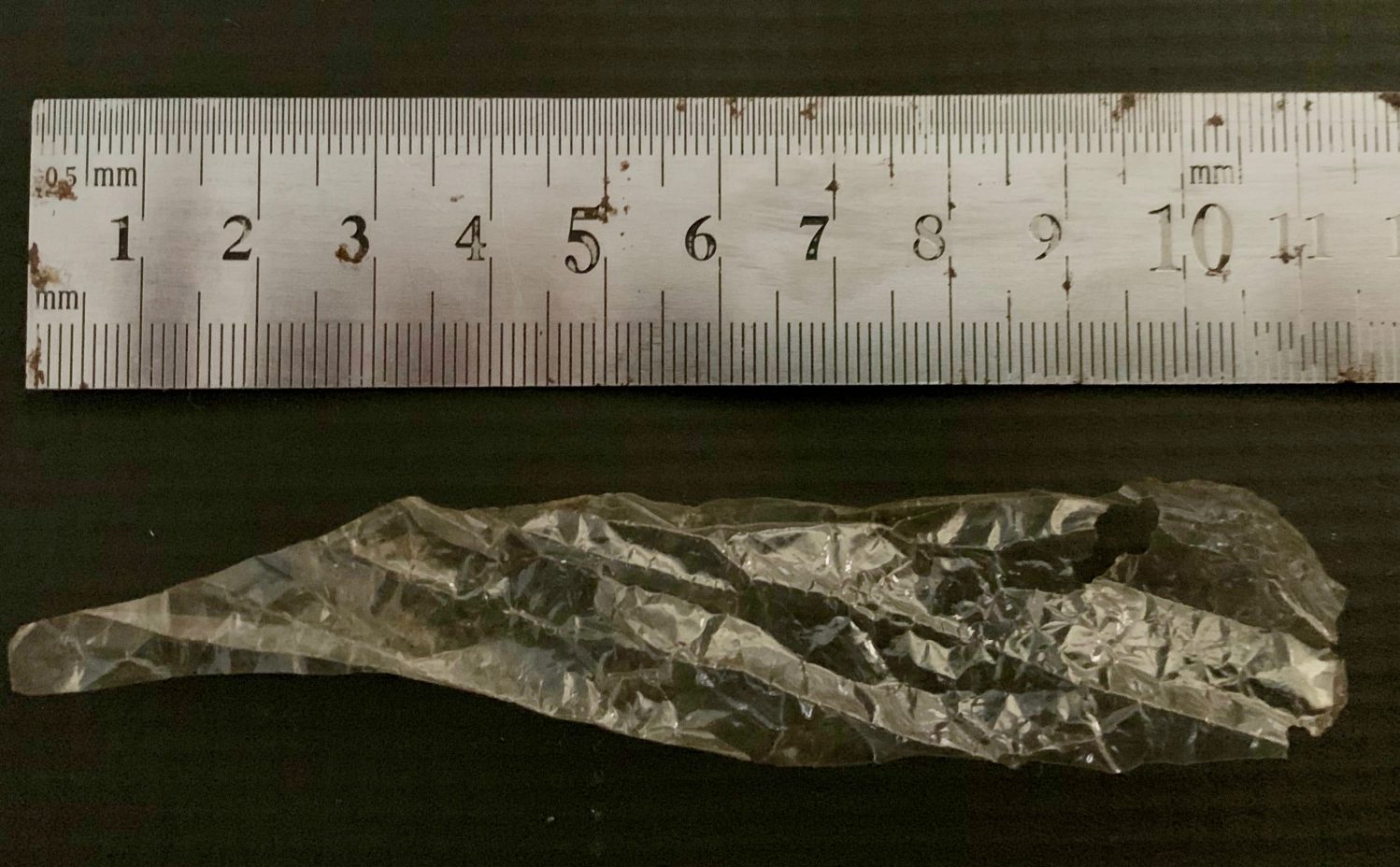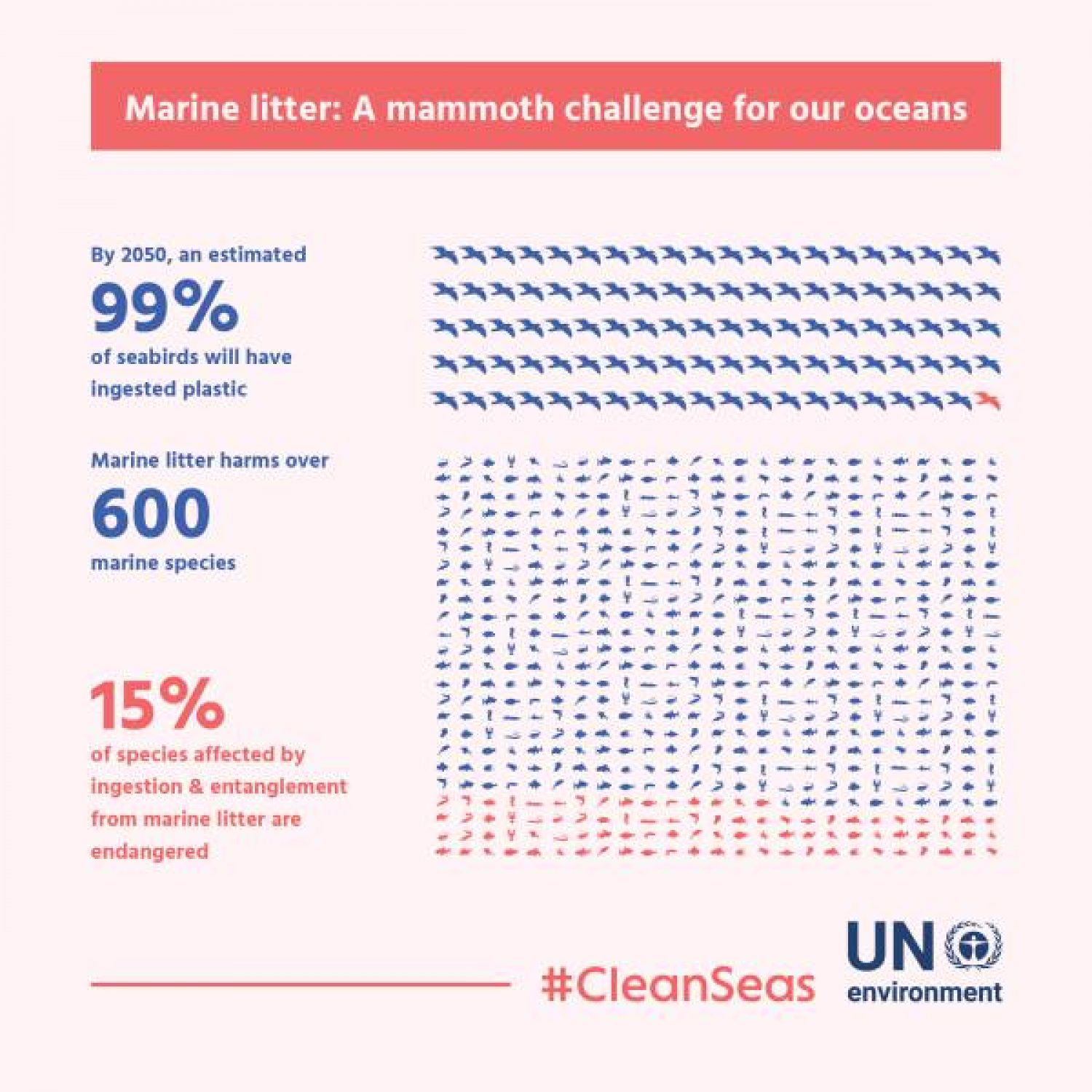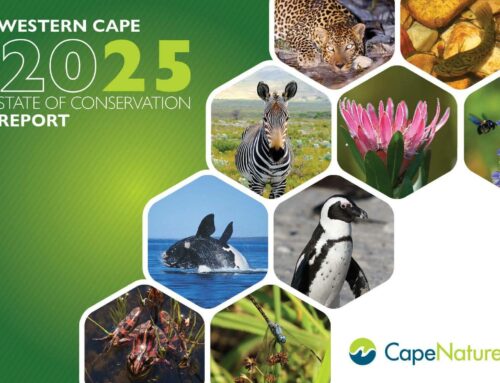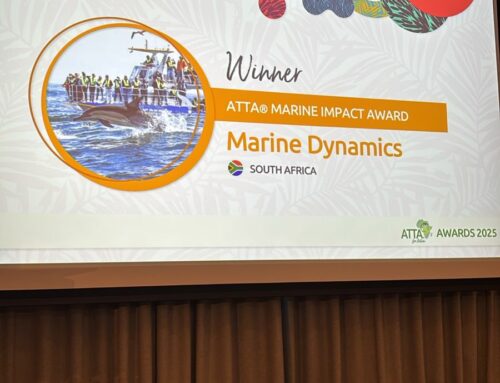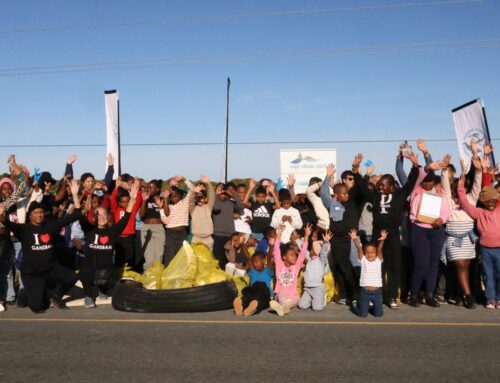June 21, 2019 Dyer Island Conservation Trust
A canary in a coal mine is an advanced warning of some danger. The metaphor originates from the times when miners used to carry caged canaries while at work; if there was any methane or carbon monoxide in the mine, the canary would die before the levels of the gas reached those hazardous to humans.
To be aware about plastic pollution is one thing, to be confronted with a dead African penguin, where the cause of death is starvation due to plastic ingestion, emphasises the very hard and depressing reality that we need to pay heed to the klaxon alarm that has been sounding for a while.
The carcass of a young African penguin was found on Grotto Beach in Hermanus and brought to the African Penguin & Seabird Sanctuary to determine the cause of death. Sr Theanette Staal conducted a necropsy and found that the bird died of starvation caused by plastic ingestion. The ingested plastic caused internal ulcers and inhibited the bird’s feeding capacity. Note the similarity of the plastic piece to the partially digested prawn shell.
Seabirds are particularly vulnerable to ingesting plastics because most species feed at or near the ocean surface. They forage along eddies and oceanic convergence zones – the same areas where marine plastics accumulate.
• Annually approximately 500 billion plastic bags are used worldwide. More than one million bags are used every minute.
• A plastic bag has an average “working life” of 15 minutes.
• Over the last ten years we have produced more plastic than during the whole of the last century.
• What we see floating at the surface is just 5% of the plastic pollution in the ocean – the other 95% lurks below the surface, according to Ocean Conservancy.
• More than 8 million tons of plastic is dumped in our oceans every year.
The necropsy was a learning experience for the interns of the Marine Dynamics Academy.
Write up: Trudi Malan – Dyer Island Conservation Trust


